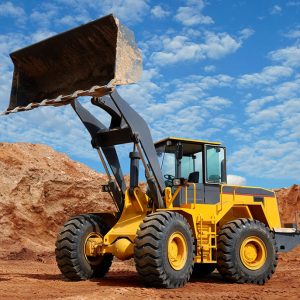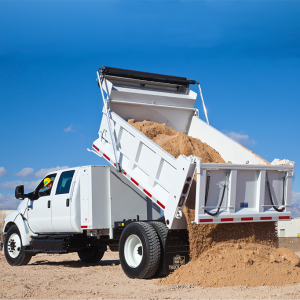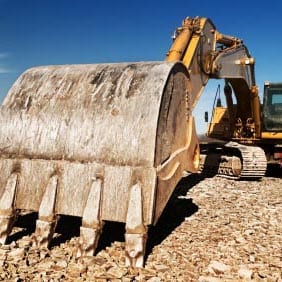The 5 Types of Equipment Leases
Capital Lease / Finance Lease / $1 Buyout
May also be referred to as a nominal or ($1) dollar-buyout lease. These leases share the advantage of fixed monthly payments, but with the guaranteed option to purchase the equipment for a nominal price at the conclusion of the lease. With this type of lease there is no uncertainty about the value of the equipment at the conclusion of the lease as the buyout terms are generally a part of the initial agreement.
- Finance type lease may not qualify under I.R.S. regulations for deductibility.
- The lessee is considered the owner of the equipment (unlike an FMV lease) and maintains full control of the residual value.
- The lessee can depreciate the equipment.
- Lessee records the equipment as an asset and the lease payments as liabilities on their balance sheets.
Learn more about Equipment Leasing!
Sale/Leaseback: (allows you to use your equipment to get working capital)
Sale/Leaseback financing is a unique and effective method for generating capital for your business needs. You use your equipment to get the capital. There are many potential benefits for your business if you choose this option. With a Sale/Leaseback you can continue to use your equipment, so productivity never slows down, and your revenue should remain constant. The extra capital you get can be applied to expanding your business and increasing revenue as it can be used for any purpose. Businesses that use this as a capital option can recover up to 37% in tax savings. Since you will be leasing your equipment back the complete monthly payment is 100% tax deductible.
Being approved for Sale/Leaseback financing is not extremely difficult as there is no additional collateral necessary besides your equipment to get this form of financing. There is also the balance sheet benefit because having assets that you pay taxes on converted into contingent liabilities may also lower taxes. More capital is freed up for businesses that do a Sale/Leaseback because the equipment is no longer being financed at a regular bank, nor is it cutting into the lines of credit you have with the banks. You can use those extra lines of credit to expand your business the most effective way possible. There are flexible terms that can fit your businesses budget. These terms can be 36, 48, and 60 months to best match your needs.
True Lease or Operating Equipment Leases: (Also known as fair market value leases)
The most notable feature of this type of lease is that its structure does not contemplate a full payout of the cost of the equipment as is the case in a “Finance” type lease. Two of the common tests are:
- The term of the lease is generally not greater than 75% of the equipment’s anticipated useful life.
- The present value of the lease payments should not exceed 90% of the fair market value of the equipment using the lessee’s incremental cost of borrowing.
A significant benefit is that the monthly payments are also less than on a finance type lease (above) or even a bank loan. Typically the lessee either returns the equipment at the conclusion of the lease or may be granted the opportunity to purchase the equipment from the Lessor for “the fair market value.” Payments under this kind of lease structure are treated (by the I.R.S.) as rental payments and therefore are 100% tax deductible operating expenses. Also, as rental payments, neither the asset nor its corresponding liability needs to appear on the company’s balance sheet. The Lessor retains the right to depreciate the equipment. End of lease features:
- The lessee may have to option to continue renting the equipment
- The lessee may have the option to “re-lease” the equipment
The “P.U.T.” Option Lease (Purchase upon Termination)
This end-of-lease option establishes a mandatory purchase price, usually expressed as a percentage, e.g. “a 10% Put.” This is a technique for lowering the lease payments during the lease term without creating an unknown end-of-lease risk for either the Lessor or the lessee. As with our programs lease payments are fixed.
TRAC Equipment Leases
A TRAC lease is a special type of true lease that is generally used for “over-the-road” vehicles like trucks, tractors and trailers. Special provisions of the I.R.S. code allow for pre-determined residual values (as opposed to “future, fair market values”) to be negotiated in advance while maintaining the “full deductibility” of a true lease.
- This type of lease is generally less expensive than other leases or conventional bank financing.
- The Lessor would retain the rights to any depreciation.
Call or email us today to learn more about the different options to lease equipment and which is the best fit for your business.
“SouthStar used my current equipment as collateral and structured a lease for us on new equipment, thereby doubling our capacity! Start to finish, they were there to walk us through the process and answer all of our questions.”
– Marcus, Owner of a Manufacturing Plant




